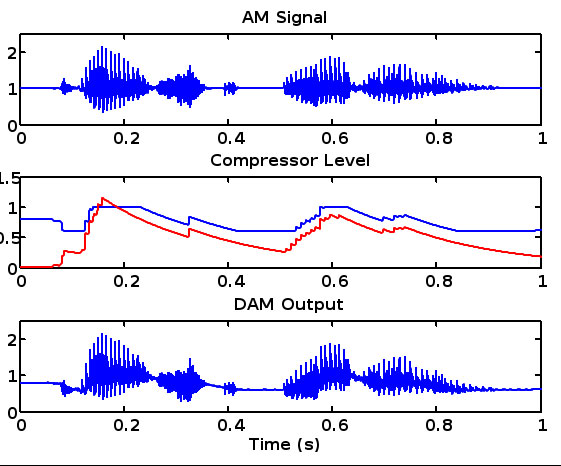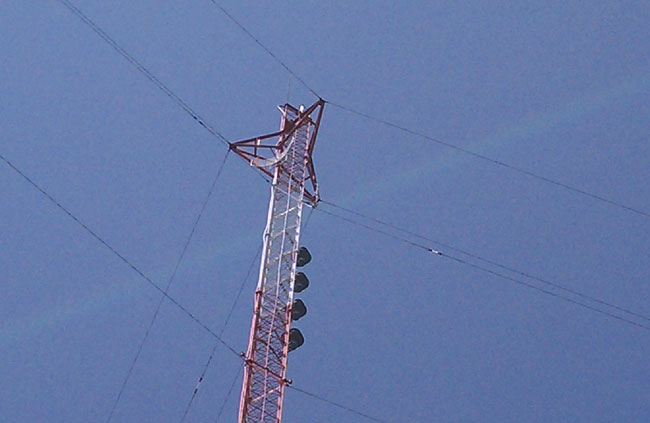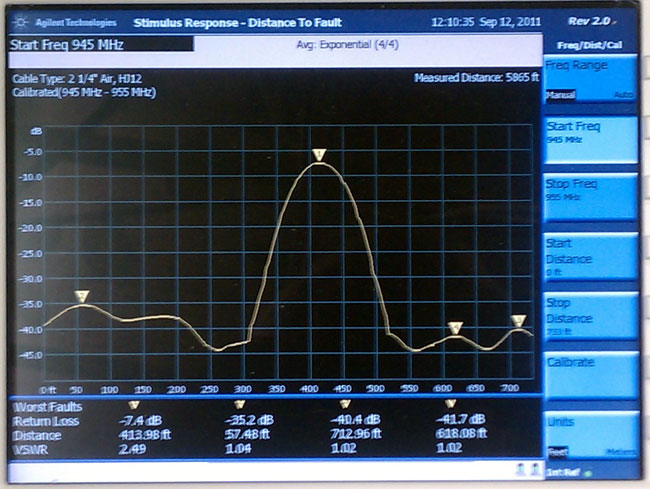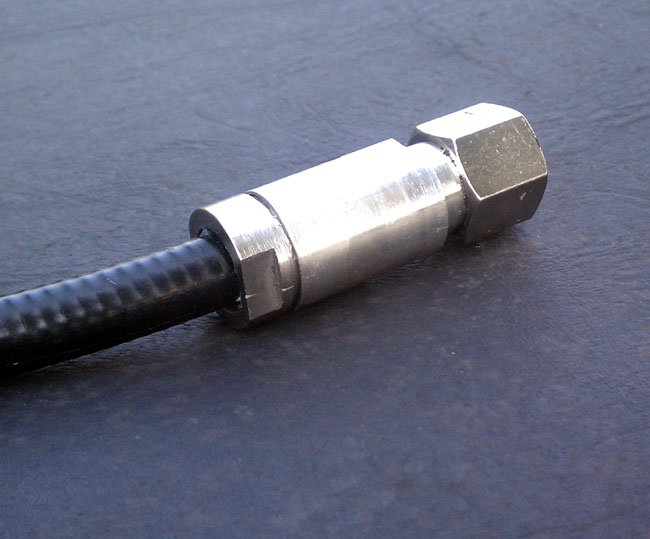In an open letter to broadcasters, the entirety of which can be found here: Ford Exec Writes Open Letter to Broadcasters, Jim Buczkowski, whose official title seems to be “Henry Ford Technical Fellow and Director, Electrical and Electronic Systems Research and Innovation Ford Motor Company,” nearly begs broadcasters to install HD Radio technology at their radio stations.
One thing that seems to be missing from the open letter, is something mildly important called: Disclosure. According to iBiquity’s own website, Ford Motor Company is an investor in the technology. Other investors include:
- Clear Channel
- CBS Radio
- Grotech Capital Group
- J.P. Morgan Partners
- New Venture Partners
- FirstMark Capital
- Harris
- Texas Instruments
- Visteon
Not an inclusive list by any means, but something to keep in mind when reading the letter or the latest iBiquity advertising in various trade magazines.
Back to the letter; the cliff notes version is this:
- Through the use of HD Radio, AM/FM broadcasters can now embrace the digital age
- Drivers now have many choices for in-car entertainment, including satellite radio (Sirius XM) and online services (Pandora, et.al) that offer “Crystal Clear” audio
- Through Satellite radio, MP3 players, and IP streaming services, drivers now have extra features like Title, song, and artist; Song tagging; iTunes; album art, etc which they have become accustomed to
- Installing HD Radio will be a big upgrade and make AM/FM stations on par with those “digital age” services
For the first part, there is not a single broadcaster in the country that is not already aware of HD Radio. Every radio station manager and owner knows that it exists, but most people in the general public do not. Radio stations are hesitant to install HD Radio equipment because it is expensive, has a questionable return on investment, is unimpressive, and technically dubious.
Making the comparison to Satellite Radio and or IP streaming services, which all require subscriptions or data plans, is a bit of a stretch. Someone who will pay a fee for in-car entertainment is usually a tech geek. As the subscription rates for Sirius XM show, that works out to about seven percent of the US population (~20 million subscribers/~300 million people). It is a bit harder to nail down those who listen to streaming products like Pandora, iHeartRadio, or other webstreams in their cars, but I’d estimate not more than ten percent do.
While 3G and 4G wireless services are great, it still does not have the same coverage as standard and FM broadcasting stations. The last time I tried to listen to Pandora in my vehicle, it kept dropping out and was not easy to deal with. With TuneIn radio, I had the same experience during urban, suburban, and rural driving. Thus, the “Crystal Clear” reception is also a bit of a misnomer.
Further, fooling around with iPods, iPhones, TuneIn, Pandora, etc while driving is not the best idea. Even on vehicles with built-in IP connectivity or satellite radio, looking for song titles and other information while driving is not recommended. Thus, the value-added services of HD Radio are of questionable at best in a moving vehicle.
I hate to keep beating a dead horse, but for as long as the iBiquity crew continues to spout disingenuous bull sh!t about their failed technology, I’ll keep posting about it.






